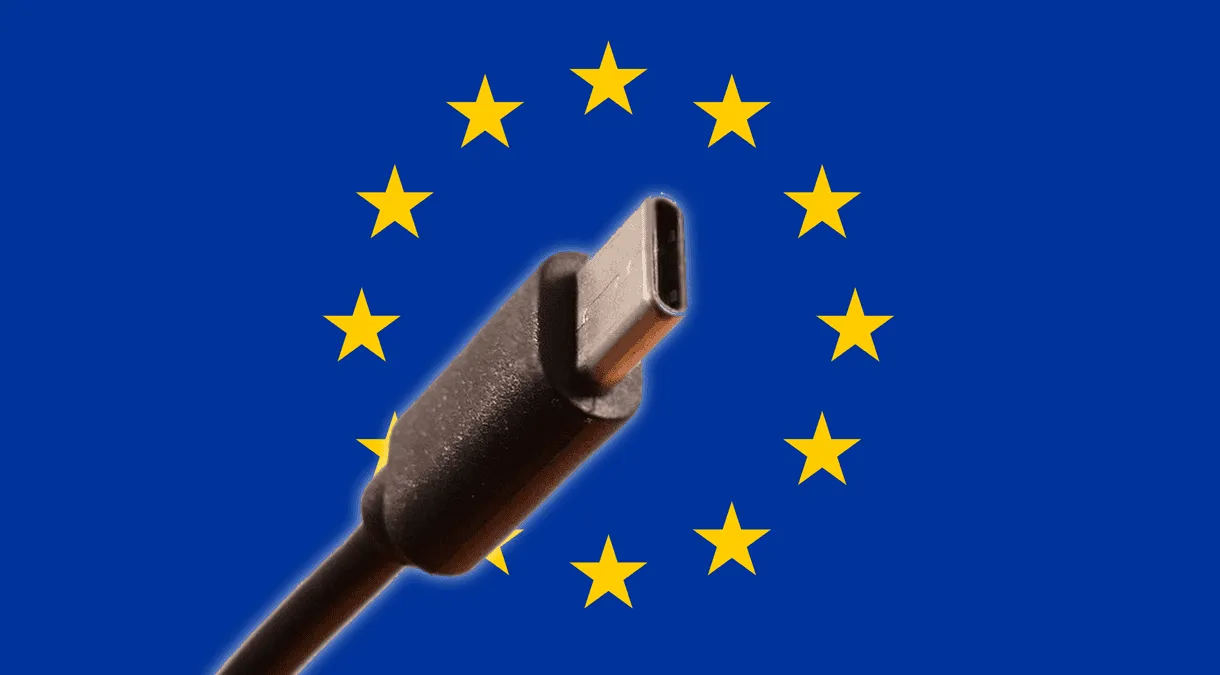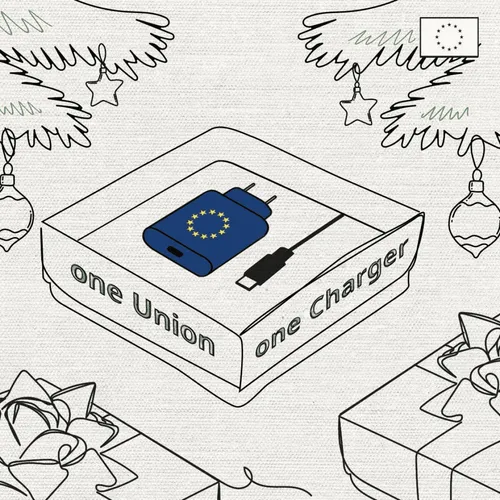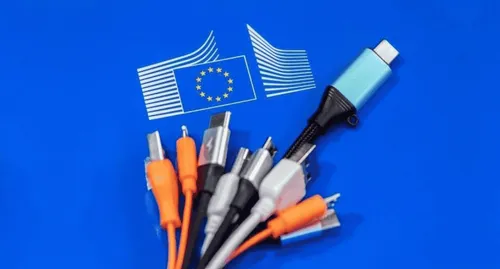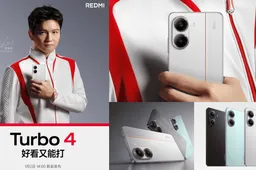
The European Union’s USB-C rule is now active. It says all mobile devices must use a USB-C charging port. The goal is to reduce waste and fix problems caused by chargers that don’t work with all devices. This rule also focuses on better product labels, making fast charging easier, and cutting down on trash to help the environment.
USB-C Becomes Mandatory in Europe as We Enter 2025
In 2022, the European Commission decided that by 2025, all mobile phones must have a USB-C charging port. EU countries had until December 28, 2024, to make this rule part of their local laws.
The rule applies to many gadgets, like mobile phones, tablets, cameras, headphones, gaming consoles, speakers, e-readers, keyboards, mice, and earbuds. It includes anything that charges with a cable and supports up to 100 watts of power. Laptops have until April 28, 2026, to follow the rule, giving them more time to switch to USB-C. Some devices, like the PlayStation 5, don’t have to follow the rule because they use more power.

Other items, like drones and wireless chargers, are not included yet. But the European Commission says it will keep checking the market and technology to update the list of devices when needed.
Companies Can Still Offer Special Charging Systems
The rule requires a USB-C port but lets companies keep their special charging systems, like MacBooks. Gadgets already on sale without USB-C can stay on shelves, but new models must have USB-C. Stores also can’t order more of the old, non-USB-C products.

There’s another part of the rule about fast charging. Devices that use more than 5 volts, 3 amps, or 15 watts must work with USB Power Delivery (USB-PD). Phones like iPhones and Google Pixels already meet this rule. Brands like OnePlus and Oppo, which use SuperVOOC charging, also support USB-PD, so they don’t need to change anything.
The rule also says manufacturers can sell devices without chargers in the box. This is to stop people from collecting too many unused chargers, which often get thrown away. Starting in 2025, phones in the EU will not come with chargers unless the label says so. Boxes will have clear labels to show if a charger is included, helping buyers know what they’re getting.
Each EU country can decide how to make sure the rule is followed. Different countries may have slightly different ways to enforce it. Other regions might decide to copy the EU’s idea. Even though the rule might seem hard for manufacturers at first, it’s a big win for customers. The EU is showing it cares about people and the planet, not just businesses.
Popular News
Latest News
Loading

